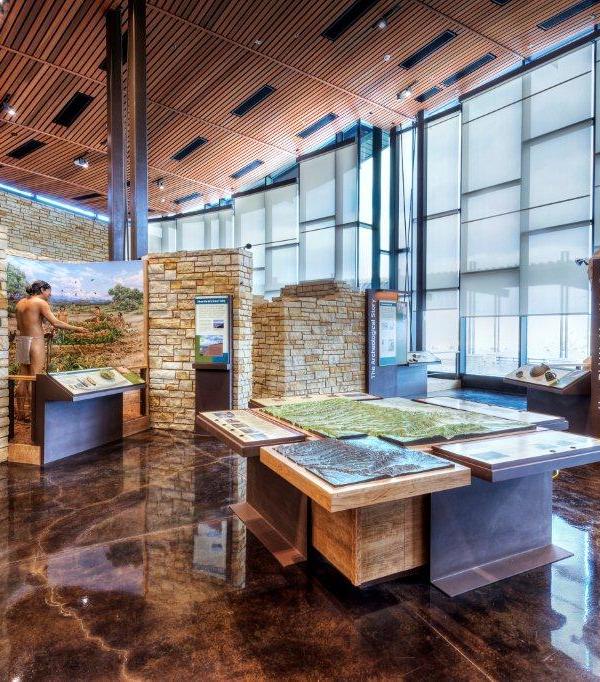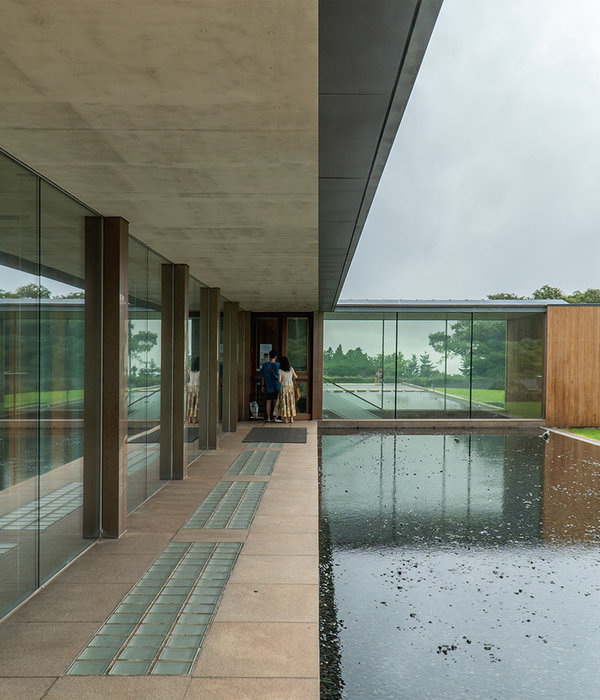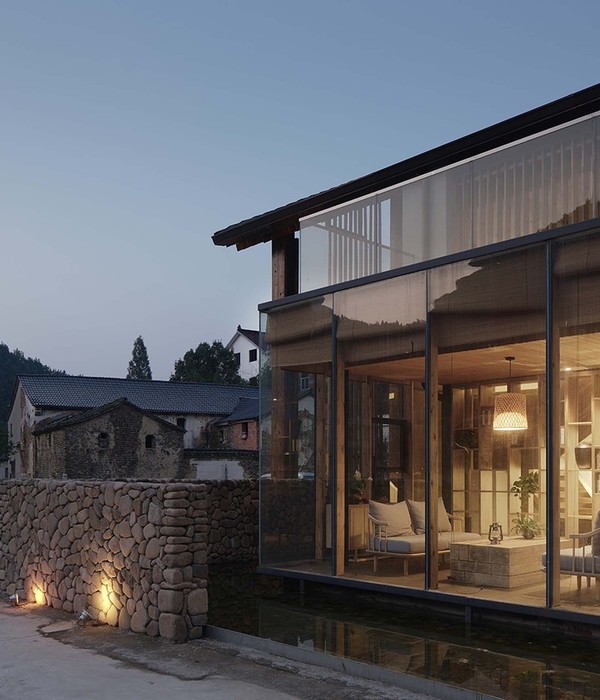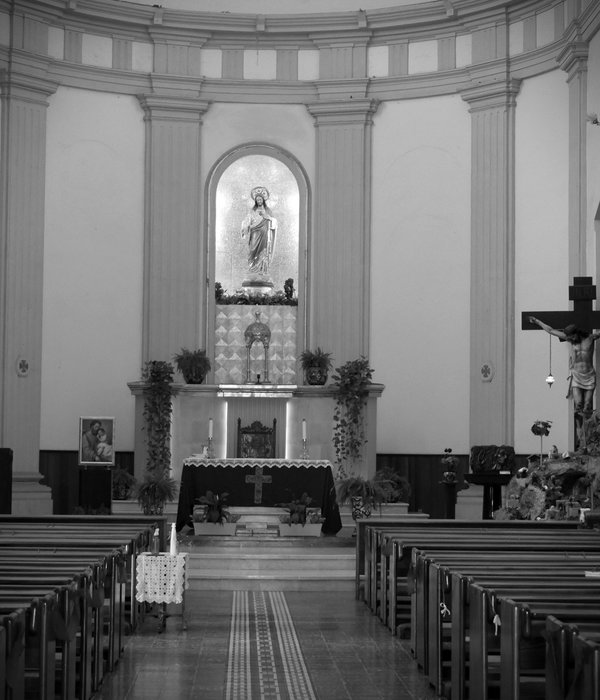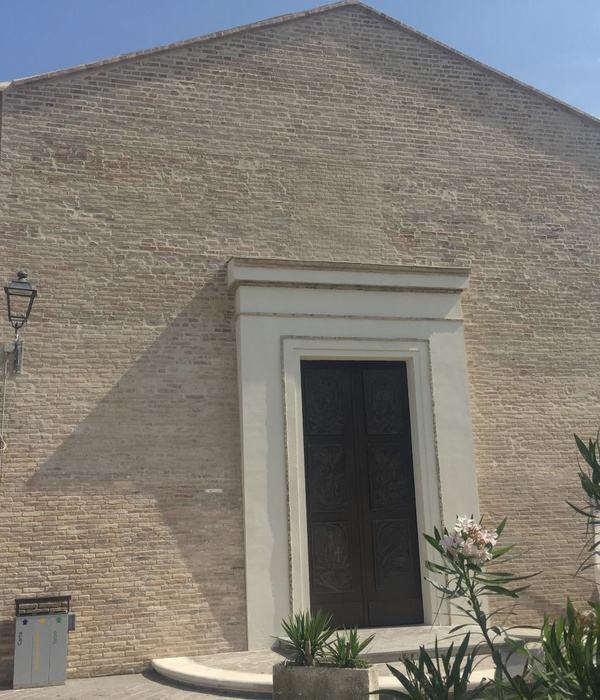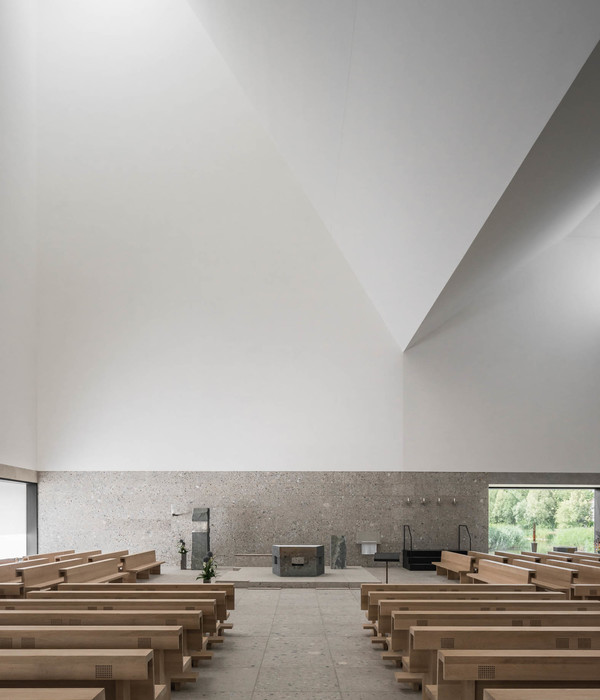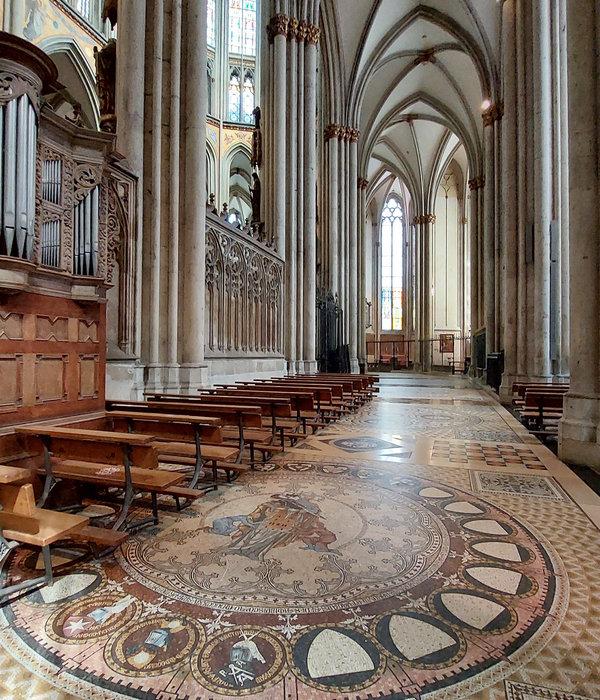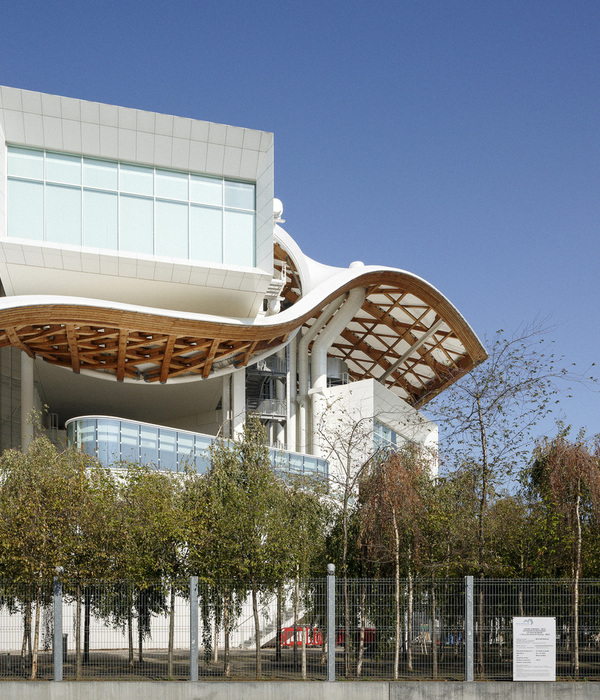Landscape Architecture: Latz + Partner Team Members: Latz + Partner, STS S.p.A., Bologna, Ing. V. Cappato, Turin, Arch. C. Pession, Turin, U. Marano; Cetara, Pfarré Lighting Design Location: Turin, Italy Design year: 2004 Year of construction: 2004 – 2012 Area: 37 hectares
Just opposite the Olympic village and near the town centre of Torino formerly devastated spaces will be transformed into a large city park. The area is characterised by industrial monuments worth to be preserved as well as by the river Dora, that in the scope of the project „Torino, Città d‘Acqua” should be rediscovered for the city. Main themes of the project are the connections to the bordering quarters and the development of the new banks along the re-opened waterway.
Ingest
© Andrea Serra
© Mattia Boero
© Ornella Orlandini
Ingest is the narrowest area of the park with the most design input. At the uppermost level carefully designed squares and promenades link into the adjacent builtup areas and form the entrance points in the west of the park. Ramps and steps along six-metre high walls lead to the southern part, which offers space for many different activities as well as contemplation. The impressive substructure of the former laminating works was transformed into water gardens and the gutted building into a “hortus conclusus”, which screens the park from the road. A line of imposing steel columns supports the elevated walkway that leads across Via Borgaro to Vitali in the centre of the park. The elevated viewpoint reveals the harmonious interplay of sacred and industrial architecture – the seven towers, the industrial chimney that was transformed into the campanile at the new Santo Volto church by Mario Botta and the tall steel columns at Vitali.
Vitali and Corso Mortara
© Mattia Boero
© Mattia Boero
© Heidemarie Niemann
© Ornella Orlandini
© Ornella Orlandini
© Ornella Orlandini
The huge structure of the hall at the former Vitali steel mill forms the fascinating and vibrant centre of the park. After the outer skin and large sections of the roof had been dismantled, the 30-metre high red steel columns now look like a “futuristic jungle”. Lush vegetation and public life have taken over this artificial environment, the vast concrete towers and foundations are being turned into fantastic playgrounds. The section of the hall that still has a roof has become a sheltered multi-functional event space. In the north, the grid of the columns extends towards a large meadow with the trunks of flowering trees. The space within the park is contained by the wall of the new road tunnel. A broad promenade with pergolas and tree canopies links across it to the adjacent residential area. Not only does it provide a pleasant environment but also offers exceptional views of the landscape that has developed since the demise of the industries. The Passerella crosses the steel heart of the park from the west, traverses the adjoining meadows and leads to the new “city balcony“. A wide ramp with tree planting along the tunnel wall connects the two levels of the park which are flanked by the impressive Vitali cooling towers. The towers and the slurry basins now hold clean water. They are part of the stormwater management system that collects rainwater from roofs and surfaces in open rills and channels, and stores it in pools and cisterns. A light installation projects the play of the waves onto the walls of the towers. Night-time illuminations turn the industrial monuments into widely visible landmarks and create a mysterious new world on the inside. The lower level of the “blue hall” is softly lit, light bands follow the walkway and trace the outline of the former hall.
Michelin
© Tobias Kramer
© Pfarré Lighting Design
The site of the former Michelin plant is developed into a spacious meadow park that is characterised by its landscape and topography. A newly constructed tidal pool opens up the edge of the Dora; the excavation material is used in a sheltering earth sculpture towards the road and the buildings. A path along the river allows access to the water, steel bridges cross the pool and link up with a footbridge to Vitali on the opposite bank. Rows of different tree species are planted on the shallow slopes of the earth sculpture where they provide shadow. A “high route” follows the crest and offers views of Ingest and Vitali, as well as impressive vistas to the Superga pilgrimage church in the east and the Alps in the west. The widely visible landmark of the cooling towers in the south-west of the park will become a walk-in light and sound sculpture.
Valdocco
© Andrea Serra
© Andrea Serra
© Mattia Boero
© Mattia Boero
In Valdocco, the Fiat steel works extended over the entire site as well as across the river. A concrete slab covering three-quarters of this section of the park is all that remained. The solid slab will be removed above the Dora, but the river kept in its concrete bed. Water rises out of darkness into the light of day and flows through the pierced wall, like through a wild gorge. The opened up water course is flanked by walled-in promenades. On the terraces, which have been constructed with excavation material on both sides of the river, hundreds of trees are reminiscent of the grid of the former buildings. Their canopies provide shady spaces for diverse activities, and the tranquil setting creates the perfect backdrop for the “technical ravine” of the freed water course. Walkways erected on the old substructure connect the north of Valdocco with the south. The southern section of Valdocco was completed in 2011 and, in line with the Kyoto Protocol, implemented carbon neutrally (“impatto zero”).
{{item.text_origin}}


